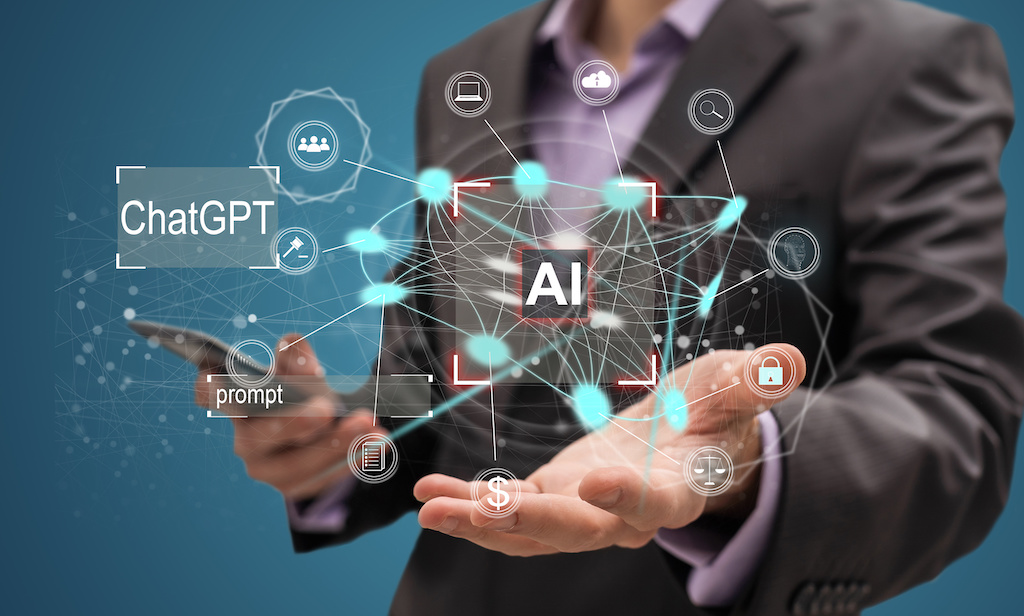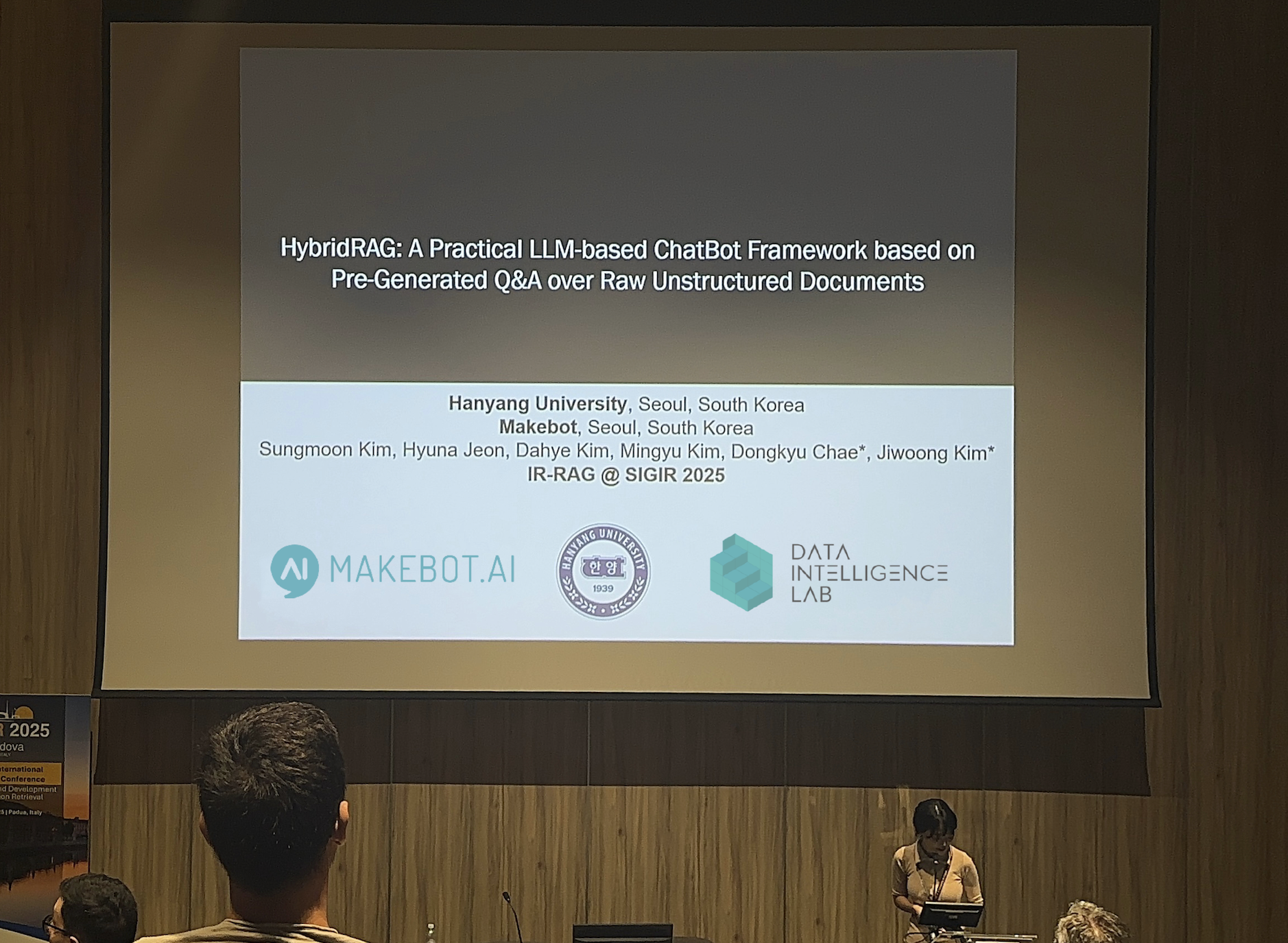How is RAG used in Generative AI
Discover how Retrieval-Augmented Generation (RAG) enhances generative AI models. Read more.


In a world where real-time information drives decision-making, how can we ensure that AI systems remain relevant and precise in delivering up-to-date responses?
Retrieval-Augmented Generation (RAG) stands at the forefront of this challenge, empowering generative AI by seamlessly merging static language models with dynamic, external data sources.
This innovation pushes the boundaries of what AI can achieve, making it more adaptable, timely, and context-aware in an ever-evolving landscape.
The Rise of Generative AI
Generative AI is a type of artificial intelligence that can create new content, such as text, images, videos, and more. ChatGPT, one of the most popular generative AI tools, faced some issues when it first launched but still gained over 100 million users due to its powerful ability to generate natural language responses.
Read also: What are the Differences between Analytical AI vs Generative AI?
Since 2022, many generative AI tools have been developed, transforming industries like marketing, healthcare, and technology.

The bar chart highlights the positive impact of Generative AI in 2024, emphasizing key trends and benefits. AI has boosted employee productivity by 66%, according to the Nielsen Norman Group, with businesses reporting a 64% increase in efficiency from AI adoption, per a Forbes Advisor survey.
IBM's 2022 report shows 25% of companies are using AI to address labor shortages, while LinkedIn observed a 21x increase in AI-related job postings since the launch of ChatGPT. Additionally, 78% of respondents in China, India, and Saudi Arabia view AI technologies positively, suggesting a growing global trust and adoption of AI tools.
These statistics illustrate how Generative AI is not only transforming industries by automating tasks but also driving workforce evolution and skill development.
These tools use advanced algorithms to help businesses innovate, automate processes, and improve efficiency. However, there are also concerns about data bias, job loss, and the environmental impact of the large computing power required to run these AI models.
Despite these challenges, generative AI is shaping the future of technology, offering opportunities for businesses to grow and innovate.
How RAG Enhances Generative AI for Real-Time Answers
Imagine a sports league using a chat system to answer questions about players, teams, and current stats. While a regular large language model (LLM) can answer general questions about history, rules, or team facts, it wouldn’t know the latest game results or injury updates because its data isn't real-time.
This is where Retrieval-Augmented Generation (RAG) steps in.
RAG enhances Generative AI by combining the LLM’s vast but static knowledge with up-to-date information from sources like databases or news feeds, enabling the AI to give more accurate and timely responses.
Initially introduced by Facebook AI Research in 2020, RAG is now widely used across industries to improve the precision and relevance of Generative AI outputs.
By integrating real-time data, RAG makes AI more context-aware and allows it to provide responses that are not only coherent but also current.

Overview of RAG (Retrieval-Augmented Generation): Core Components and Mechanism
RAG Key Components
RAG (Retrieval-Augmented Generation) enhances Language Models (LLMs) by combining two types of data: internal world data, which includes large text collections like books and scientific articles used for training, and external world data, such as recent news, social media, and up-to-date research.
For example, GPT-4’s internal knowledge is limited to data before April 2023. RAG enables models to stay current by retrieving relevant external data.
The three main components of RAG are:
- Retrieval Engine: Processes user queries and finds the most relevant data.
- Augmentation Engine: Adds the retrieved data to the LLM prompt.
- Generation Engine: Uses both internal and external data to generate coherent, accurate responses.
Read also: AI Prompt Generator: Features and Benefits
How RAG Functions in Generative AI (with examples)
RAG (Retrieval-Augmented Generation) works through a 5-step process to make language models (LLMs) more accurate and context-aware:
Step 1: Data Indexing
Data indexing in Retrieval-Augmented Generation (RAG) is like organizing a library to make finding information easier. RAG uses three strategies: Search indexing looks for exact word matches, vector indexing finds related meanings, and hybrid indexing combines both for better accuracy.
This process helps the AI access up-to-date external data, ensuring more accurate responses.
Step 2: Input-Query Processing
Input query processing refines the user's question to make it compatible with indexed data. It simplifies the query by focusing on key terms, like turning "Who is the president of the United States?" into "president United States."
Depending on the indexing type, the query can either stay as a keyword search (search indexing) or be transformed into a vector representing its meaning (vector indexing).
Hybrid indexing blends both methods for the most accurate results, ensuring RAG retrieves relevant information.
Step 3: Search and Ranking
After processing the query, RAG searches the indexed data and ranks results for relevance, similar to finding books in a library. The query is matched against exact words or related meanings, depending on the indexing.
Algorithms like TF-IDF and BM25 rank documents by term frequency and document length, while Word Embeddings and Cosine Similarity capture word meanings in vector searches.
The results are then scored and ranked, ensuring that the most relevant data is used for generating accurate responses, much like how search engines prioritize top links.
Step 4: Enhancing Queries with Prompt Augmentation
In the prompt augmentation step of RAG, the best data retrieved is added to the original question, enhancing the prompt and giving the Large Language Model (LLM) more context.
This is like asking an expert a question and providing them with the latest research to refine their answer.
By incorporating key details from the search results, the LLM produces more accurate and relevant responses, combining its own knowledge with up-to-date information.
Read more about AI and Accurate results on 70 Most Powerful AI Prompt Examples for Accurate Results
Step 5: Response Generation
In the final step of RAG, the Large Language Model (LLM) uses the augmented prompt to generate a response.
With the added real-world data, the LLM creates a grounded answer that is not only based on its internal training but also enriched with current, specific information.
This grounding ensures the response is accurate and detailed, showcasing RAG’s ability to produce high-quality, precise answers by combining AI’s language skills with external data.
RAG vs. Fine-Tuning: Choosing the Right AI Customization Approach
While fine-tuning adjusts a model's internal weights to specialize in a specific task, RAG skips this complexity by simply pulling data from various external sources.
Fine-tuning is ideal for organizations working with unique datasets, like specialized codebases, but RAG offers a simpler alternative by retrieving data in real-time for immediate relevance.
For instance, a company might rely on RAG to generate custom outputs from internal databases, whereas fine-tuning is more suitable when highly specific tasks demand precise customization.

Developers commonly use two methods to integrate proprietary and domain-specific data into Large Language Models (LLMs): Retrieval-Augmented Generation (RAG), which adds external data to the prompt, and Fine-Tuning, which embeds additional knowledge into the model itself.
The study explores the trade-offs of both approaches using models like Llama2-13B, GPT-3.5, and GPT-4, with an agricultural dataset as a case study.
Fine-tuning increased model accuracy by over 6 percentage points (p.p.), with RAG adding another 5 p.p. Additionally, fine-tuning improved answer similarity from 47% to 72%, highlighting the potential of these methods for industry-specific applications
The Critical Role of Context in Generative AI
Context plays a pivotal role in generating accurate AI outputs. Large language models (LLMs), like those used in GitHub Copilot, rely on the context window, which dictates the amount of data an AI can process at once.
GitHub Copilot’s unique Fill-in-the-Middle (FIM) paradigm, for instance, leverages both the code before and after the cursor to generate more coherent suggestions.
RAG further enhances this by integrating additional external data sources, helping the AI provide contextually rich responses.
The Transformational Impact of RAG on Generative AI
RAG (Retrieval-Augmented Generation) revolutionizes generative AI by significantly enhancing accuracy and relevance.
Studies show that incorporating RAG can boost model accuracy by an additional 5 percentage points, with fine-tuning models further increasing precision by over 6 percentage points.
By seamlessly integrating real-time data into AI outputs, RAG ensures that responses are not only timely but also contextually relevant.
This blend of dynamic external information and static model knowledge allows AI systems to consistently provide up-to-date insights, making it invaluable for industries such as finance, healthcare, and customer service, where accuracy and immediacy are critical for decision-making.
For technical inquiries or details regarding the integration and development of RAG on Generative AI, please reach out to Makebot.ai.

Studies Reveal Generative AI Enhances Physician-Patient Communication













































_2.png)


















.jpg)

































